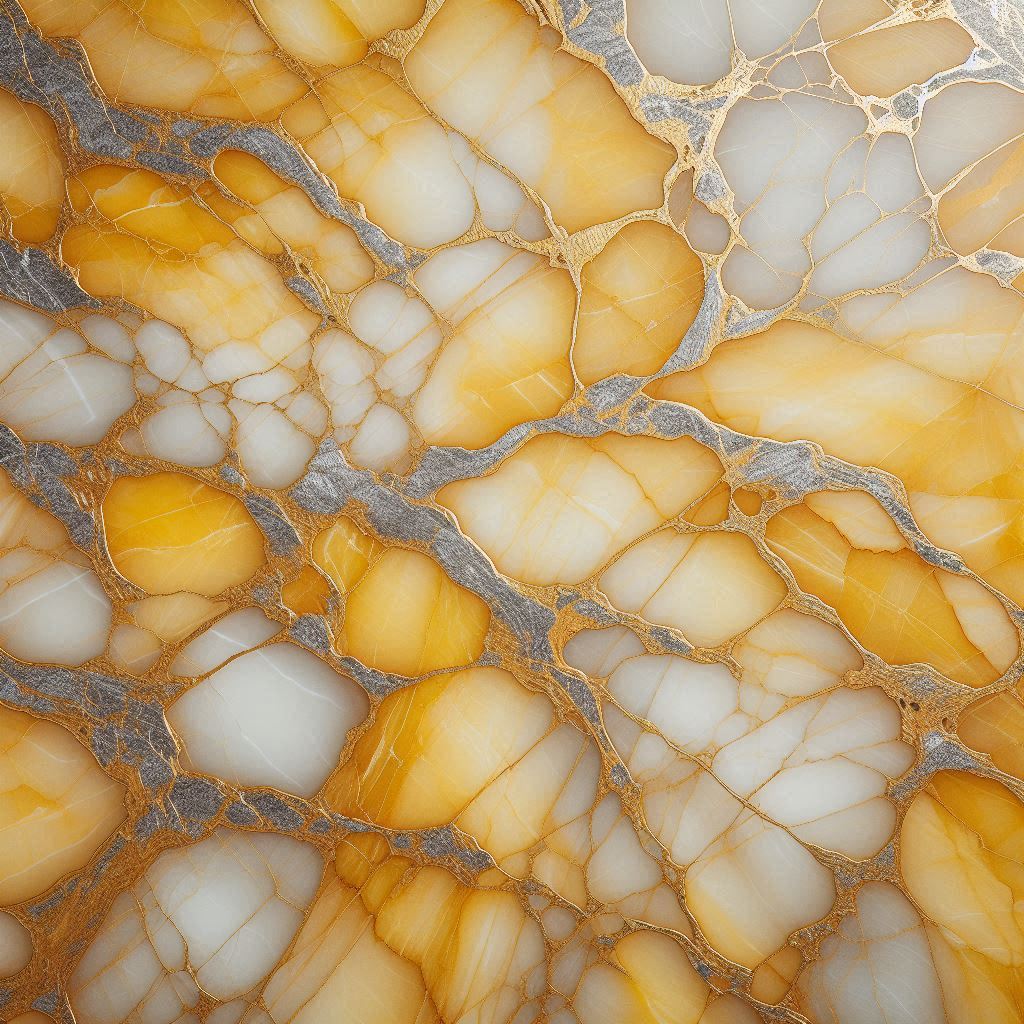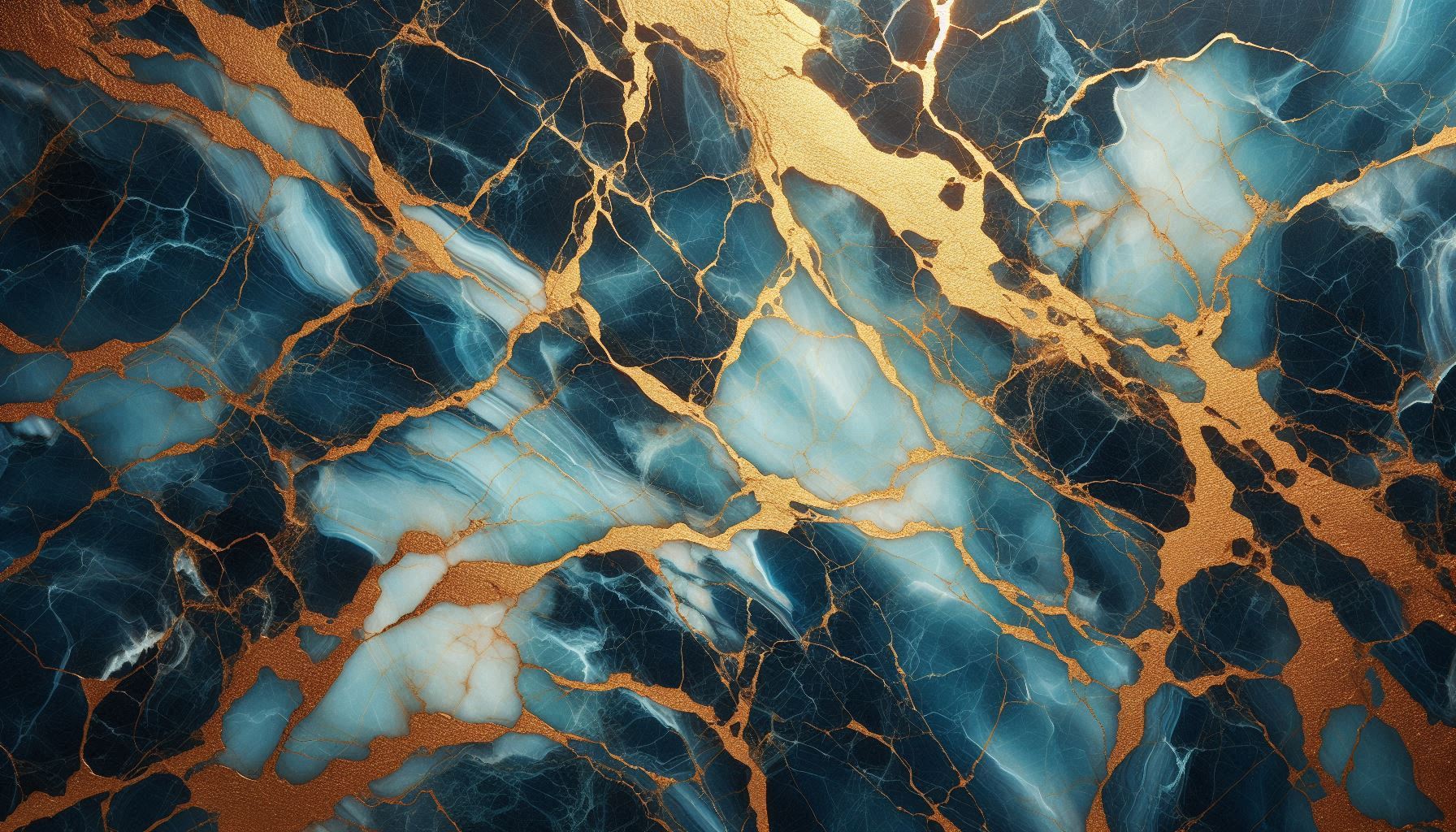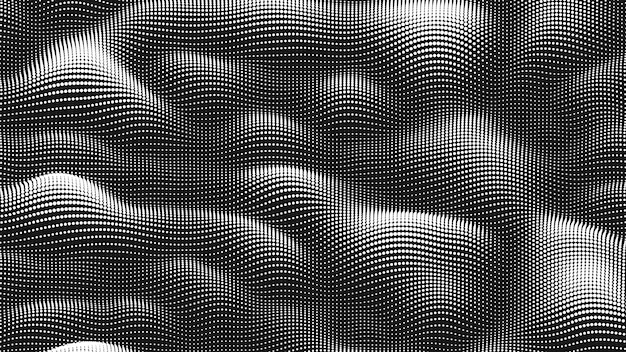
Noise Pattern Generation: Techniques, Applications, and Benefits
Understanding how noise textures work and what they are used for.
Noise pattern generation is essential in texture creation for digital art, 3D design, and procedural generation. Whether you're a pattern maker looking to design unique backgrounds or a developer creating dynamic environments, understanding noise types like Perlin, Voronoi, Simplex, and grain noise is key to unlocking powerful visual effects. This guide explores the most effective noise pattern generation techniques, their applications, and how you can use them to create seamless tileable textures and enhance your digital projects.
What is Noise Pattern Generation?
Noise generation is a digital process that creates complex patterns for use in graphics, design, and simulations. It’s widely used in 3D modeling, texture mapping, and background design to create random yet aesthetically pleasing effects. Noise patterns make images look organic, adding depth and realism. From tileable grain textures to seamless background noise effects, different noise techniques offer unique characteristics for creative and practical applications.
1. Perlin Noise
Perlin Noise, invented by Ken Perlin in the 1980s, is a gradient-based noise function that produces smooth, naturally random patterns. It uses interpolated gradient vectors at each grid point to create a pseudo-random noise pattern that blends well, making it ideal for organic and natural-looking textures. Perlin noise is a gradient-based noise technique ideal for creating organic textures. Its smooth, natural patterns make it a popular choice for procedural generation.
- Applications: Terrain generation, cloud textures, and water effects in games and simulations.
- Benefits: Lightweight, computationally efficient, and produces smooth, natural-looking patterns, ideal for backgrounds and tileable maps.
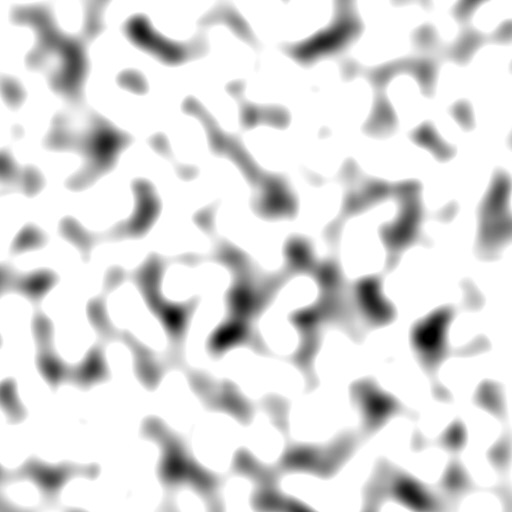
2. Simplex Noise
Simplex noise, also created by Ken Perlin, improves on Perlin noise by offering reduced computational complexity in higher dimensions. It uses a simplex lattice, resulting in more evenly distributed noise and fewer directional artifacts.
- Applications: Ideal for creating 3D terrain maps, volumetric clouds, and particle effects in simulations.
- Benefits: More efficient than Perlin noise, especially in higher dimensions, and creates smooth, seamless tiling textures with fewer artifacts.

3. Voronoi Noise
Voronoi noise divides a space into cells based on proximity to randomly placed points. This pattern creates a “cellular” structure and is often used to simulate natural textures like stone, honeycomb, or cracked earth. Each cell takes on unique values based on the distance to nearby points.
- Applications: Common in stone or organic material textures, cell patterns, and alien-like textures.
- Benefits: Ideal for creating unique tiling textures and detailed organic structures for designs and background images.
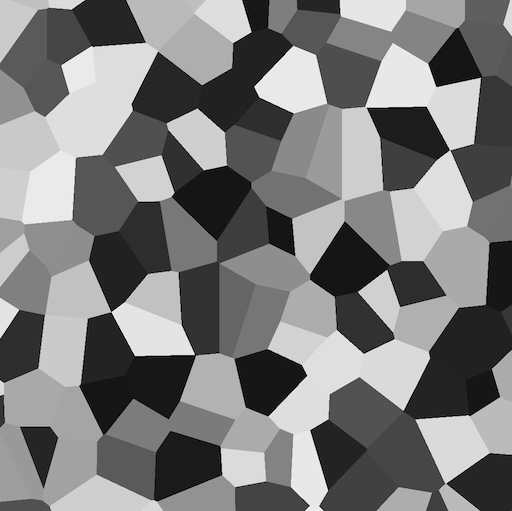
4. Grain Noise
Grain noise or White noise is a random distribution of pixel values, where each pixel’s color or brightness is independent of its neighbors. Grain noise is similar but may refer specifically to film grain effects or subtle texture overlays in digital art.
- Applications: Used in photography to mimic film grain, texture overlays, and realistic background effects.
- Benefits: Simple to implement and perfect for adding fine texture details to digital artwork or PNG overlays.
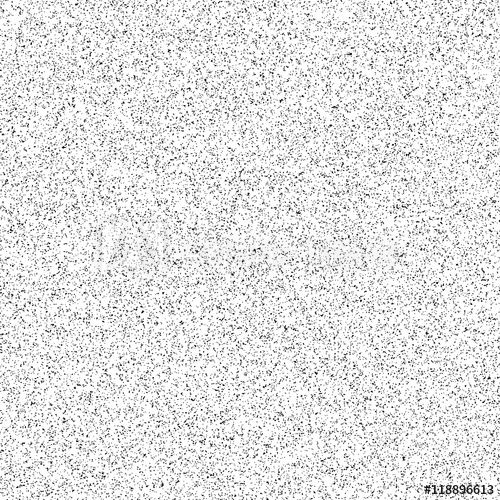
5. Fractal Noise
Fractal noise builds on simpler noise functions like Perlin noise by layering multiple “octaves” of noise at different scales. This results in complex patterns with a self-similar structure across scales, giving a more natural, organic look.
- Applications: Commonly used for sky effects, realistic cloud formations, and mountainous terrains.
- Benefits: The layered effect creates depth and realism, especially effective for background images in large landscapes or tileable textures.

Creative and Practical Applications of Noise Patterns
Noise generation has diverse applications across art, design, and simulations. Here’s how noise patterns are used in various industries:
Video Games and Simulations
Noise is foundational in procedural texture generation for environments, landscapes, and characters. Perlin and Simplex noise are used for creating seamless terrains and organic materials like rock, grass, and water effects, which are essential for realistic game worlds.
Material and Texture Mapping for 3D Models
In 3D modeling software, noise patterns are used to create realistic surface details on materials such as wood, stone, or metal. The tileable grain textures achieved with Voronoi and Perlin noise provide an organic feel that enhances 3D assets.
Film and Animation
Fractal noise is commonly used in visual effects to create dynamic cloud formations, explosions, and water. Grain noise adds subtle texture to backgrounds and animations, enhancing visual depth.
Architectural Rendering and Interior Design
Noise patterns can simulate natural textures, like wood grain or concrete, and add depth to architectural renders. Tileable textures with Voronoi noise can create patterns like hexagonal tiles or crack effects, useful in interior designs.
Scientific Simulations and Machine Learning
Noise functions are used to simulate random data patterns, often serving as background noise maps in research and AI model training. Simplex and Perlin noise help simulate terrain, while white noise is useful in training filters and noise-reduction algorithms.
How Noise Patterns Enhance Digital Creations
Noise generation offers an array of benefits for digital creators:
- Natural Realism: Perlin and Simplex produce organic, non-repeating textures, ideal for natural backgrounds and landscape features.
- Infinite Tiling Capabilities: Tileable noise patterns, especially Perlin and Voronoi, enable seamless repetition in textures and backgrounds without obvious borders.
- Storage Efficiency: Procedurally generated noise reduces storage needs by creating patterns dynamically, crucial for high-resolution textures and vast virtual environments.
- Dynamic Effects: Real-time noise generation supports dynamic visuals in games and simulations, creating natural-looking water, fire, and atmospheric effects.
Finding the Right Noise Pattern for Your Project
Choosing the right noise type depends on the desired effect, dimensions, and texture application:
- For organic, smooth patterns (landscapes, clouds), use Perlin or Simplex noise.
- For cellular, abstract looks (stone textures, cracks), Voronoi noise excels.
- For subtle textures (film grain, photography overlays), grain noise is ideal.
- For complex, layered effects (mountains, skyboxes), opt for fractal noise.
Whether you're creating tileable textures for 3D modeling, generating background images for websites, or seeking free noise patterns to elevate your project, each noise type offers unique possibilities. Many free noise generator tools online make it easy to experiment with and download PNG textures, so you can find the perfect fit for your creative applications.
Conclusion
Noise pattern generation is a versatile, essential technique for digital artists, developers, and designers, transforming simple visuals into rich, dynamic creations. From free tileable noise textures to high-resolution, multi-dimensional maps, noise is the backbone of many digital projects. Each noise type—whether Perlin, Simplex, Voronoi, or grain—offers specific features and effects that serve different creative applications. By understanding these techniques, you can create seamless backgrounds, realistic terrains, and visually engaging effects that bring your digital landscapes to life.
Ready to enhance your work? Experiment with this free noise pattern generator explore different tiling textures, and start creating unique, textured designs that stand out!



